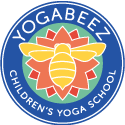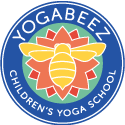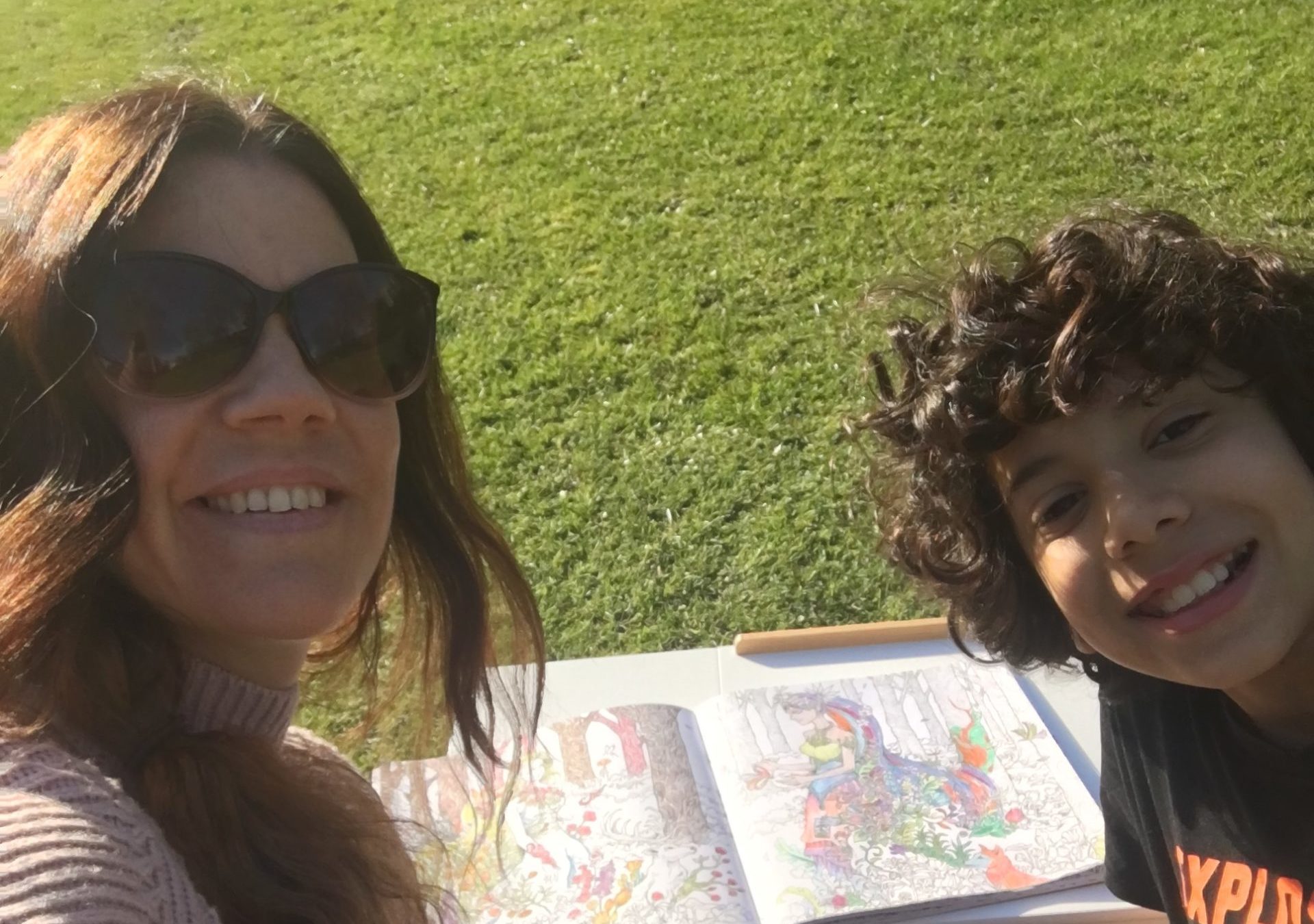Top tips for supporting children returning to school
2020 will forever be remembered as the year our collective normality changed. With little warning, day-to-day activities that we took for granted were no longer possible. Schools and businesses closed, travel ground to a halt and families found themselves locked in their homes around the clock. While the world grappled with the growing pandemic and economic uncertainty, the challenges of an unprecedented lockdown created a breeding ground for fear and anxiety. Being at home became an endless cycle of balancing chores with working remotely, developing new routines, and having no social interaction. And possibly one of the greatest challenges? The abrupt need for home-schooling. Here are some top tips for supporting children returning to school
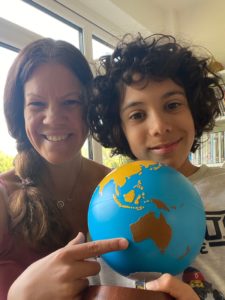
Breath…Mindfulness…Creativity…Activity…Positivity
Surviving the new normal required adaptation.
Suddenly all parents were in the same boat. Trying to teach year 5 maths, researching exactly what an acrostic poem might be and desperately trying to recall long-forgotten grammar dos and don’ts. Then came whipping out the baking soda to make volcanoes and being ready for 9am exercise classes. Most parents will agree that this new reality brought with it many wonderful moments of togetherness, but at the same time stress levels were elevated for parents and children alike. Sometimes it felt as if time was standing still, sometimes the days flew by – a curious rollercoaster of triumphs and failures.
In time, we did what every species must do to survive – we adapted. We discovered gratitude for the things we once took for granted, communities stood together, the skies cleared and moments outside were treasured. Zoom and Google Classroom became a lot less scary, and across the world people found creative ways of working and teaching online. Among those trying to find ways to ease the stress and chaos of the time were the many yoga teachers who took their classes online so that families could practice together – exploring their breath, moving their bodies, noticing their thoughts and feelings and having some much needed fun.
As we move into September, schools are set to reopen, but this will more than likely be a staggered return, with children dividing their time between regular schooling and home-schooling.
Here are my 6 top tips for supporting children returning to school…
Just breathe
Take moments in every day to stop and really breathe. Feel your feet on the floor and notice as the rib cage expands and contracts; notice the belly rising and falling. You might like to count your breath – inhale one, exhale one, inhale two, exhale two. Remember that a longer breath out will help to calm you down. Try breathing in and as you breathe out whisper ‘peace’ – until all your air has been released.
First top tip for supporting children:
Be mindful
Try grounding mindful practices such as body scans: sit or lie down and imagine you are shining a little spotlight over your body, from the top of your head to the tips of your toes. What do you notice? With no judgement or control or trying to change anything, just observe … any tingling, temperature, tickling, heaviness, tightness, colours, sensations … just notice.
Stay active
There are many wonderful children’s and teen yoga classes now available online via zoom, Facebook and YouTube. Have fun exploring the different styles available. Be sure to enquire about joining exercise classes at school. Embrace the freedom to be outdoors with regular walks and bike rides. When did you last roll down a hill or spin around in circles and then lie down on your backs and cloud gaze?
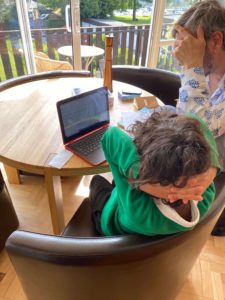
Get creative in the kitchen
Cooking and baking are great stress relievers. Explore healthy options such as sourdough bread, creative salads, soups and smoothies. Try bringing the classroom into the kitchen. Weighing out and portioning ingredients teaches maths and sprouting seeds explores science (top tip: mung beans take only a few days to sprout!) Show children the joy of being sustainable by planting your own herbs and tomatoes.
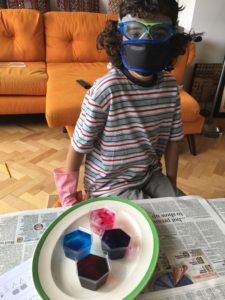
Make art
Turn glass jars into relaxing mindfulness jars filled with water and glitter. Another way to be mindful and creative at the same time is to sit and colour with your child. Sitting under a tree is the perfect place to enjoy peaceful time as you discuss colours and shapes. Try focusing on your breath as your pen moves freely to the rhythm of your breathing. Make gratitude link chains with the whole family. Start by cutting out strips of paper and having each person write down the things they feel grateful for. Glue the links together and hang somewhere visible as a reminder during tough moments.
Stay positive
Give your children a stack of colourful post it notes. Every time they notice a negative thought in their head, they can grab a post it and see if they can turn that negative thought into a positive one instead. They can write the positive thought on the post it and stick it somewhere visible. They will remember how they turned a negative into a positive.
And whenever you can, embrace a whole mental wellbeing day! Ditch the worries and the schoolbooks, make a big bowl of popcorn and share a great family movie.
The Dalai Lama once said, “It is vital that when educating our children’s brains that we do not neglect to educate their hearts.” Yes, we need to help our children stay on track academically, but now more than ever we need to give them the tools to cope with an unsettling reality and ensure body and mind stay healthy.
During lockdown Bryony and her 10 year old assistant recorded a series of yoga classes for the whole family to enjoy.
Enjoy a Yoga Beez class online. We hope you enjoyed these top tips for supporting children returning to school
